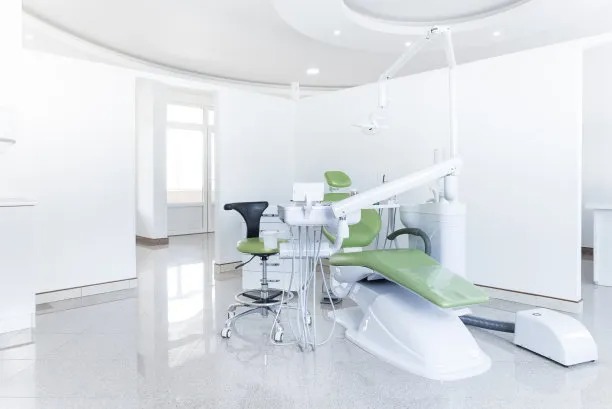Understanding the Process and Care Required After Extracting a Tooth for Optimal Recovery and Oral Health
Summary: Tooth extraction can be a daunting experience for many individuals, yet understanding the recovery process and proper care required can facilitate an optimal healing journey. This article delves into the critical aspects surrounding post-extraction care, including immediate steps to take after the procedure, dietary choices to enhance healing, management of pain and swelling, and the importance of follow-up visits. By adhering to these guidelines, patients can ensure a smoother recovery and maintain good oral health. The information shared is aimed at demystifying post-extraction care and empowering individuals to take charge of their recovery.
1. Immediate Care After Tooth Extraction

After a tooth extraction, the immediate care taken is pivotal for a successful recovery. The very first step is to bite firmly on a gauze pad placed over the extraction site to control bleeding. This should be done for about 30 to 45 minutes, after which the gauze can be removed if bleeding has sufficiently slowed down.
To reduce the risk of complications, it is vital to avoid strenuous activities and excessive talking immediately after the procedure. Resting allows the body to focus its energy on healing rather than exertion. Additionally, patients should refrain from spitting or sucking actions, as these can dislodge the blood clot that forms at the extraction site. Protecting this clot is essential for preventing dry socket.
In some cases, patients may receive specific instructions tailored to their situation, including the use of ice packs to minimize swelling. Applying ice externally on the cheek can be effective if done for intervals of 15 minutes on and 15 minutes off during the first few hours post-extraction.
2. Dietary Adjustments for Healing
Your diet plays a vital role in the healing process after a tooth extraction. Initially, it is advisable to consume soft foods that require minimal chewing. Ideal choices include yogurt, mashed potatoes, applesauce, and smoothies that are nutritious without being hard on the gums.
Its important to stay hydrated; however, using a straw is discouraged as the suction can disturb the healing blood clot. Instead, drink fluids directly from a cup. Gradually, as the recovery progresses and discomfort decreases, firmer food options can be reintroduced based on individual comfort levels.
Moreover, incorporating foods rich in vitamins and minerals can bolster the healing process. Nutrients like vitamin C, found in citrus fruits, assist in tissue repair, while zinc, present in nuts and seeds, supports immune function. A balanced diet accelerates recovery and promotes overall oral health.
3. Managing Pain and Swelling Effectively
Managing pain and swelling after a tooth extraction is a common concern for patients. After the procedure, it is normal to experience discomfort, which can usually be alleviated with over-the-counter pain medications. Nonsteroidal anti-inflammatory drugs (NSAIDs) such as ibuprofen are often recommended for effective pain control.
Alongside medications, natural remedies can also provide relief. For example, warm salt water rinses can assist in reducing swelling and promoting healing when administered after the first 24 hours. However, this should be approached with caution to avoid disrupting the clot.
If swelling persists or seems excessive, patients should consider contacting their dentist. Persistent or severe pain may indicate underlying issues that require professional intervention. Regular monitoring of symptoms aids in ensuring a smooth recovery and allows for timely responses to any complications.
4. Importance of Follow-Up Visits
Follow-up visits after tooth extraction are a crucial aspect of the recovery process. These appointments allow dental professionals to assess the healing process and identify any potential complications before they become serious issues. During these visits, dentists may also remove stitches if necessary.
Its important to communicate any concerns or unusual symptoms experienced during recovery to your dentist during these follow-up appointments. They can provide guidance or adjust care plans based on individual recovery progress. These check-ins help ensure that the mouth heals correctly and that any further dental work needed can be performed without complications.
Additionally, follow-up visits can keep patients informed about long-term oral health practices. The dentist may provide advice regarding oral hygiene routines and other preventative measures that will help maintain good dental health moving forward.
Summary:
In summary, understanding the process and care required post-extraction can greatly influence recovery and enhance oral health. Following immediate care guidelines, making thoughtful dietary choices, effectively managing pain and swelling, and attending follow-up visits are all crucial steps in ensuring optimal recovery.
This article is compiled by Vickong Dental and the content is for reference only.



